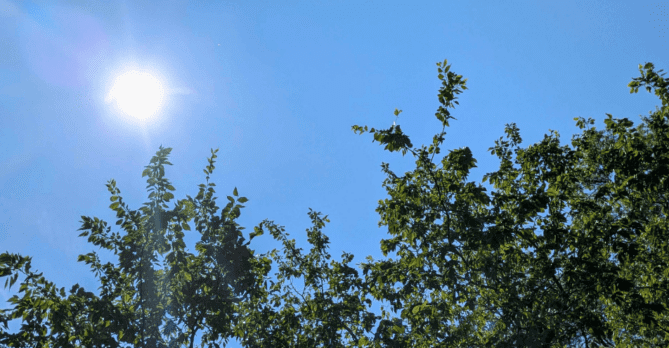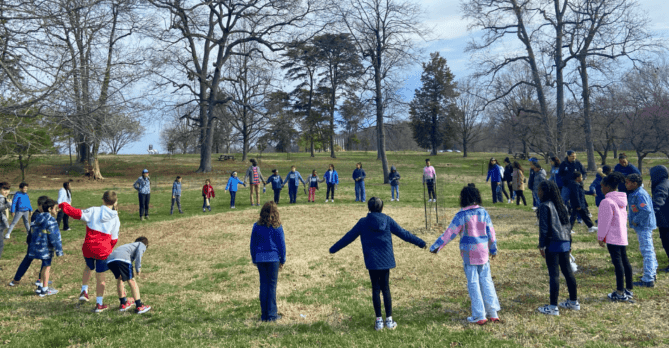
In a recent City Cast DC episode, NPS representative JP Schmit shared that, “In DC and the Northeast United States, forests are the most common vegetation type – that’s what nationally grows through most of that area. For a forest to survive long term, talking decades, centuries, that kind of thing, you need to have this balance between old trees that are dying and new trees like seedlings or saplings that are growing up to the canopy to replace them.” The episode covering this topic is part of Parks Week – A week of coverage celebrating DC’s green spaces.
A study conducted by NPS reveals a critical issue facing the forests in the Washington, DC area: 9 out of 11 local forests may fail to regenerate. This alarming trend could lead to the disappearance of these forests, replaced by invasive shrublands. Despite the lush greenery that masks these problems, there are several factors that contribute to this crisis, including climate change, invasive insects, and diseases.
The study, published in Ecological Applications, focuses on the process of forest regeneration, which is currently broken. In healthy forests, mature trees die and create gaps in the canopy, allowing sunlight to reach the forest floor. This sunlight enables smaller trees in the understory to grow and fill the gaps. However, this natural cycle is no longer functioning properly in many East Coast forests. The study identifies two primary causes for this regeneration failure: overpopulation of deer and the spread of fast-growing non-native plants. These issues exacerbate the already significant challenges posed by climate change and invasive pests.
Trees can take generations to grow into large canopy coverage. When some of our oldest and largest trees begin to die out due to old age and other factors, we will be left with a gap that newly planted trees won’t be able to fill for decades.
Liz Matthews, a biologist with the National Park Service and author of the study, examined forest regeneration in 39 national and state parks along the East Coast. Using 12 years of monitoring data, parks were categorized based on their regeneration status. Alarmingly, 27 out of the 39 parks were classified as facing imminent or probable failure. In the DC area, only two parks were not in imminent or probable failure.
Given the dire situation, it is more important than ever to support DC’s trees through active engagement and community efforts. Planting and caring for trees, as well as showing your support for forest restoration, can make a huge difference. Healthy forests not only provide vital habitat for wildlife but also contribute to air quality, water purification, and climate regulation.
By investing time and resources into tree care and forest restoration, we can help mitigate the effects of climate change, curb the spread of invasive species, and ensure that future generations can enjoy the benefits of thriving, resilient forests. Community involvement is crucial in turning the tide against forest degradation and promoting a healthier, more sustainable environment in the DMV.

